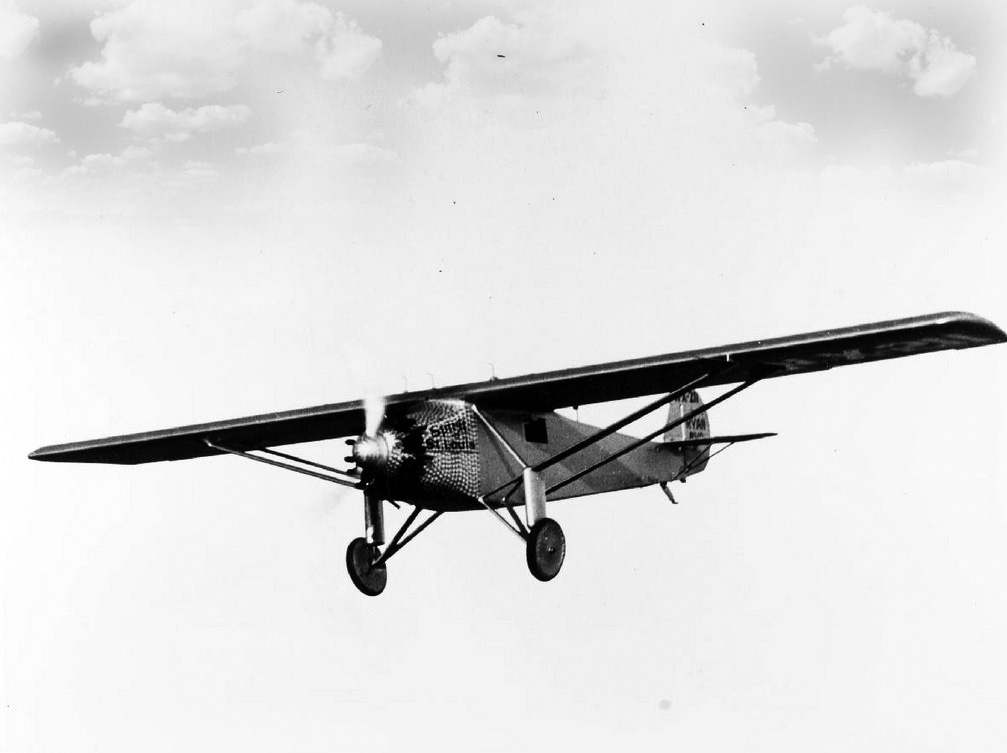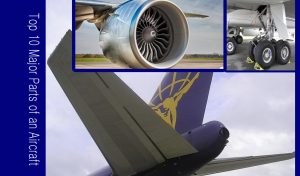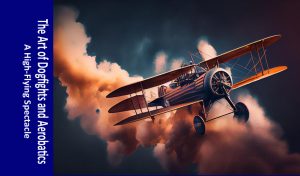The Golden Age of Aviation calls the period from the 1920s to the 1930s. This was a remarkable period in the history of aviation marked by significant advancements in technology, aviation records, and a flow in interest and enthusiasm for flying. Here are some key aspects and highlights of this era.

Technological Advancements: During this time, aviation technology experienced rapid progress. Aircraft designs evolved from wood and fabric biplanes to more streamlined and metallic monoplanes. Engines became more powerful and reliable, leading to improved performance and safety.
Transatlantic Flights: The 1920s saw several pioneering transatlantic flights. Charles Lindbergh’s solo nonstop flight from New York to Paris in 1927, aboard the Spirit of St. Louis, made him an international hero and symbolized the possibilities of long-distance flight. Other aviators, like Amelia Earhart and Clarence Chamberlin, also made notable transatlantic flights during this period.
Record-Breaking Flights: The Golden Age of Aviation was marked by numerous record-breaking flights. Pilots attempted and achieved feats such as circumnavigating the globe, setting speed and altitude records, and completing long-distance flights that captured the public’s imagination.
Air Races: Air races became popular spectator events, drawing large crowds. The Schneider Trophy seaplane races and the National Air Races in the United States were among the most notable. These races spurred innovation and competition among aircraft manufacturers and aviators.
Commercial Aviation: Commercial aviation began to take off during this era. Airlines like Pan American Airways (Pan Am) and Transcontinental Air Transport (TAT, later TWA) began offering passenger services, albeit with slower and less comfortable planes compared to today’s standards.
Celebrity Aviators: Pilots like Amelia Earhart, Charles Lindbergh, Wiley Post, and Howard Hughes became celebrities and heroes of the era, capturing the public’s fascination with their daring exploits and achievements.
Aviation Industry Growth: The aviation industry expanded rapidly, leading to the development of airports, navigation systems, and aviation-related infrastructure. Companies like Boeing, Douglas Aircraft Company, and Lockheed emerged as major players in the industry.
Technological Milestones: During this period, aircraft like the Ford Trimotor and the Boeing 247 introduced innovations in passenger comfort and safety. Additionally, the development of radio navigation aids, such as the Instrument Landing System (ILS), improved the safety of air travel.
Hollywood and Popular Culture: Aviation also made its mark on popular culture during this era, with aviation-themed movies and books becoming popular. Iconic aircraft like the DC-3, known as the “Dakota” or “C-47,” played a significant role in military and civilian aviation during this time.
End of the Era: The Golden Age of Aviation began to wane in the late 1930s due to the outbreak of World War II. Many advances in aviation technology during this period were later adapted for military use.
The Golden Age of Aviation left a lasting legacy, not only in terms of technological advancements but also in shaping the way people thought about flight and travel. It remains a period of great significance in the history of aviation and continues to inspire aviation enthusiasts and historians to this day.









